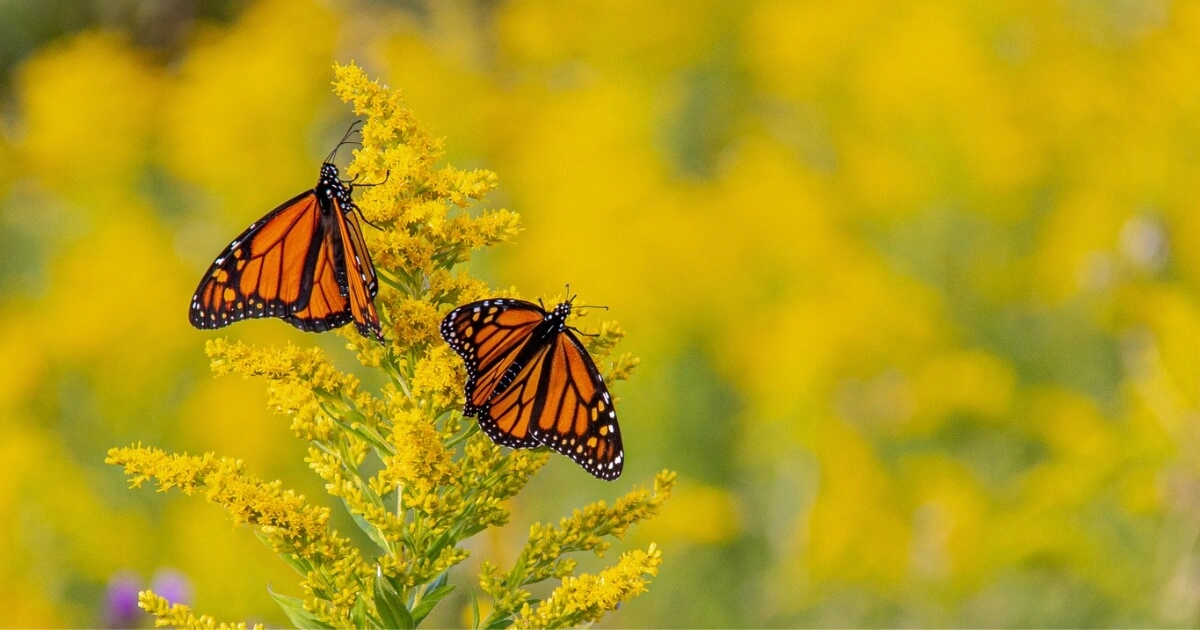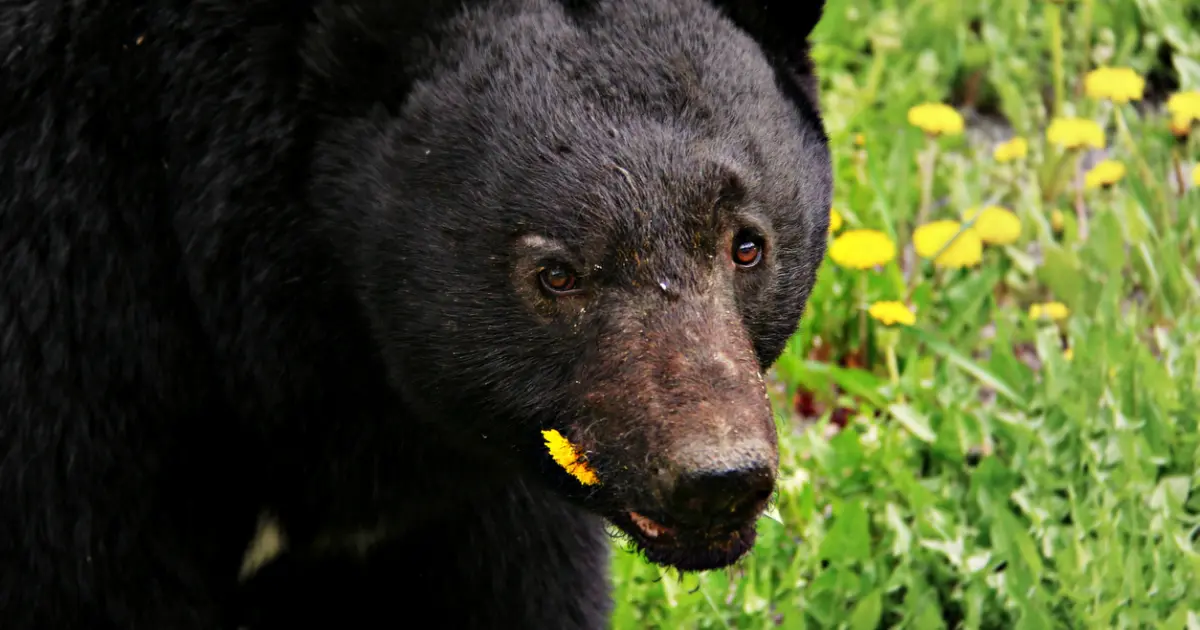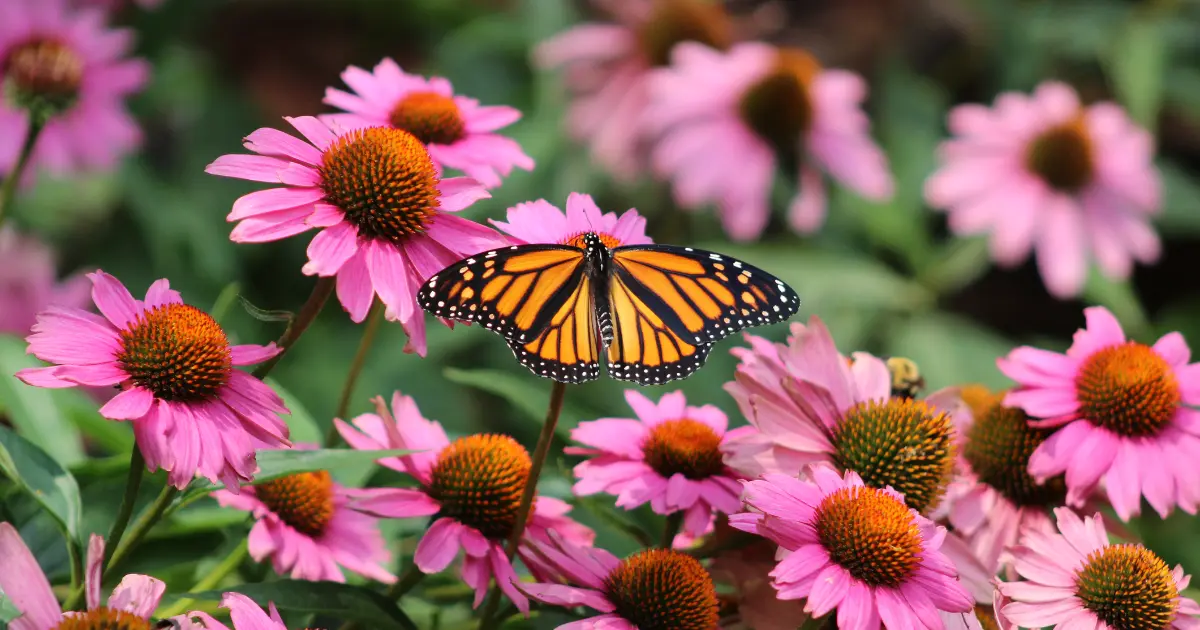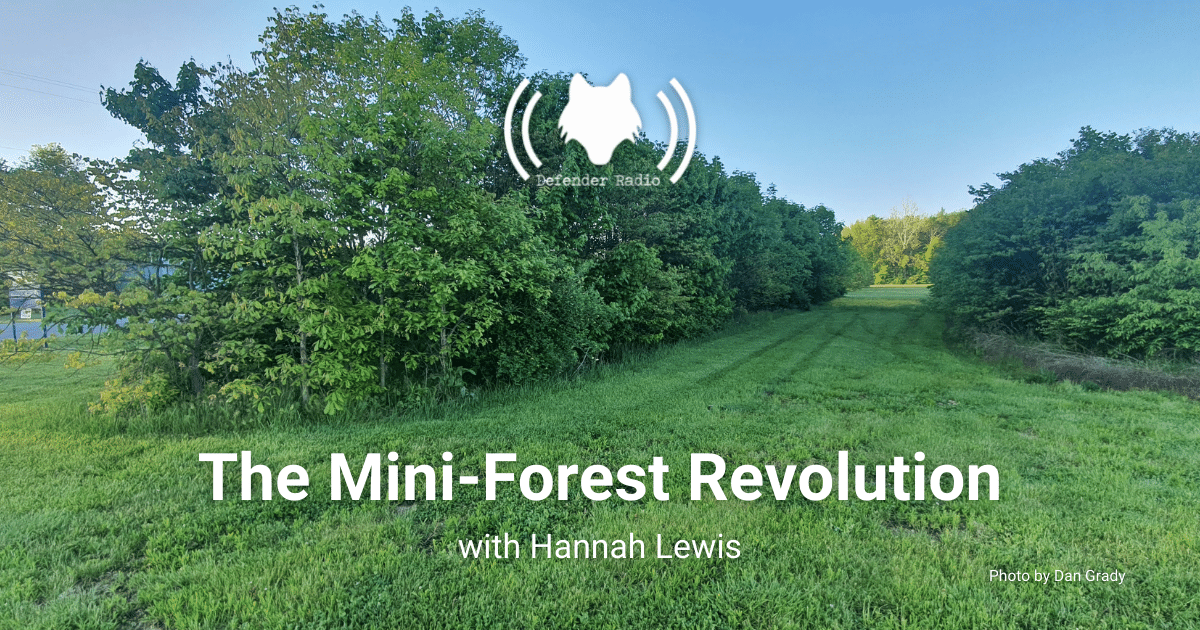Wildflowers, Native Planting, and Rewilding
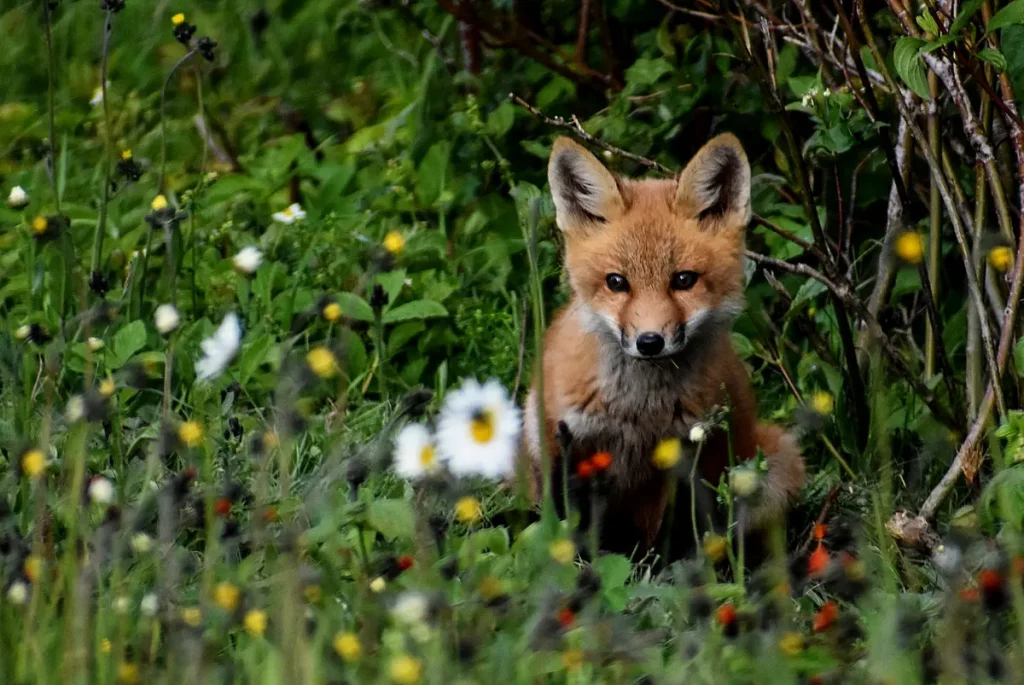
Photo by Claude Laprise / Getty Images
Habitat loss is one of the greatest threats facing wildlife across Canada and around the world. New development in formally natural or untouched areas isn’t the only type of habitat loss, either. Removal of native species from the ecosystem anywhere will have a negative impact on wildlife. Planting wildflowers, establishing native species in gardens and green spaces, and allowing property to rewild can have a sizable, long-term impact that benefits everyone in the ecosystem.
This page aggregates The Fur-Bearers’ content related to rewilding, native planting, and wildflowers, as well as information on our new wildflower cards.
Wildflower Seed Cards
Get started today by planting the seed card from The Fur-Bearers in a sunny area, in ground, under about 3 mm (1/8″) of soil. Not all seeds contained within the cards are native to your region, so it is recommended that you plant these in a confined area to prevent spread that may impact native species.
Water frequently and watch the flowers grow! We will be experimenting to see how well these cards do in a variety of conditions, including containers, so stay tuned for more!
Consider tagging us on Facebook, Instagram, YouTube or Twitter with the results from your planting.
Seed cards from The Fur-Bearers, sourced via Ethical Profiling, contain the following species:
- Gilia tricolor (Bird’s Eye)
- Hardiness Zones 6-10
- Annual
- Full Sun
- Blooms pale-blue or violet flowers through spring.
- Clarkia purpurea (Winecup Clarkia)
- Hardiness Zones 2-10
- Annual
- Full Sun
- Blooms pink, purple, or wine-red from mid-spring to mid-summer.
- Rudbeckia hirta (Black-eyed Susan)
- Hardiness Zones 3-9
- Perennial
- Full Sun
- Blooms daisy-like flowers with yellow ray petals from early summer until frost. Seed heads are attractive and an important late-season resource for birds.
- Silene (Catchfly)
- Hardiness Zones 5-8
- Perennial (sometimes annual)
- Full Sun to Part Shade
- Blooms red, white, pink, sometimes blue in summer flowering (if sown in spring) or spring flowering (if sown in autumn). Beloved by hummingbirds and butterflies.
- Antirrhinum majus (Snapdragon)
- Hardiness Zones 7-11
- Tender Perennial (often grown as an annual)
- Full to Partial Sun
- Tubular, two-lipped flowers growing as racemes in pastel colours, typically white, yellow, red, pink, orange, peach and purple.
Think this plant is responsible for allergies? Think again.
Goldenrod species are an important late season pollinator, and provide food sources for native wildlife.
How dandelions benefit wildlife
The weedy plant may be non-native, but efforts to remove it can harm ecosystems and wildlife.
How do wildflowers support wildlife?
Planting wildflowers is one of the best ways you can help local wildlife without feeding.
The Mini-Forest Revolution with Hannah Lewis
Author Hannah Lewis joined Defender Radio to discuss writing Mini-Forest Revolution, why the Miyawaki Method matters, and how people all over the world can start their own mini-forests.
